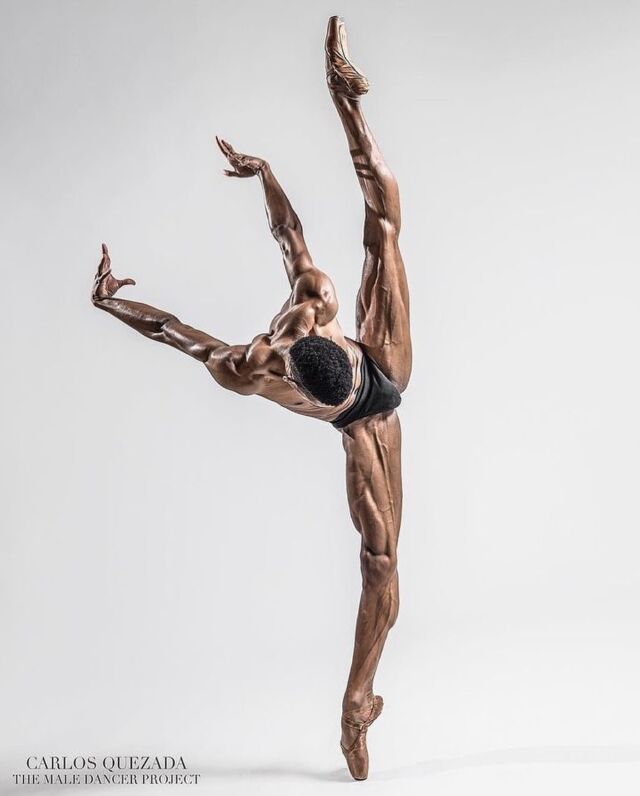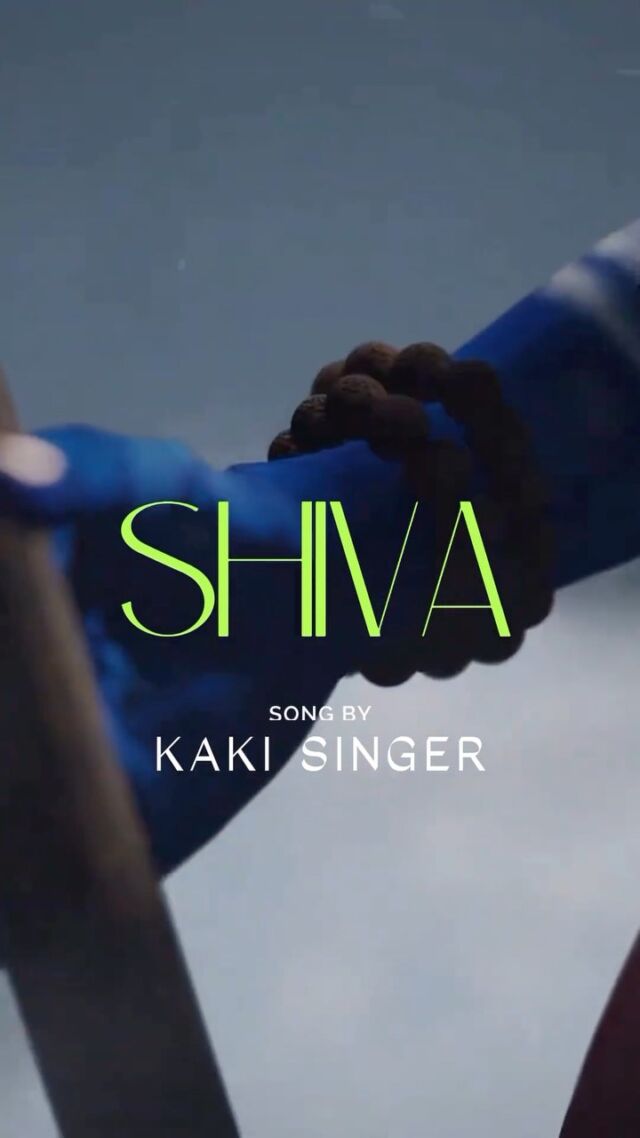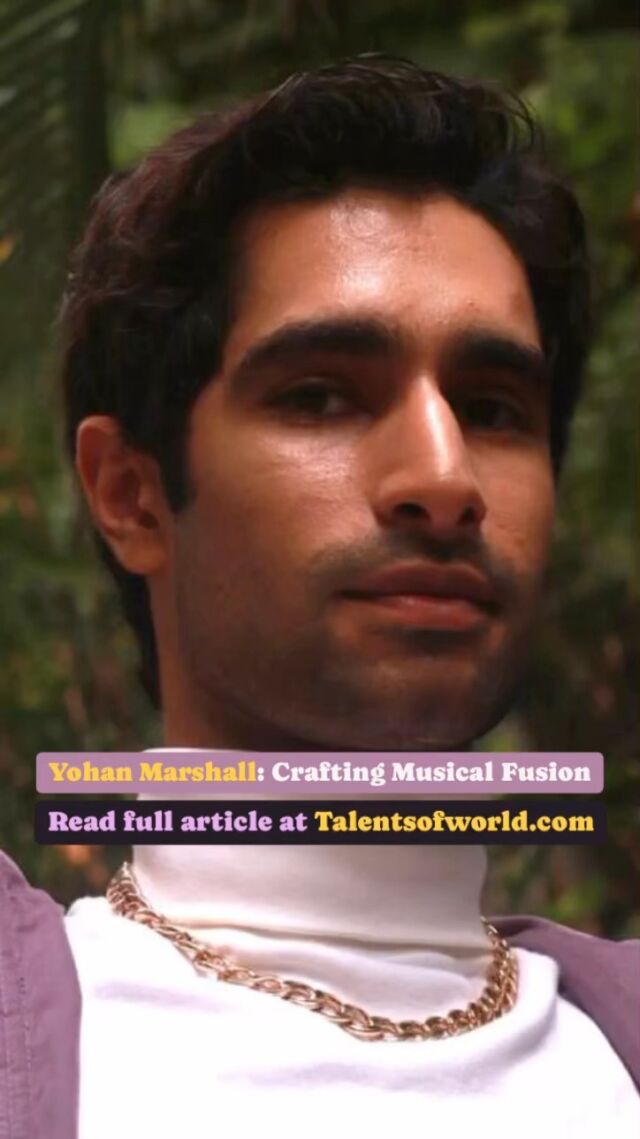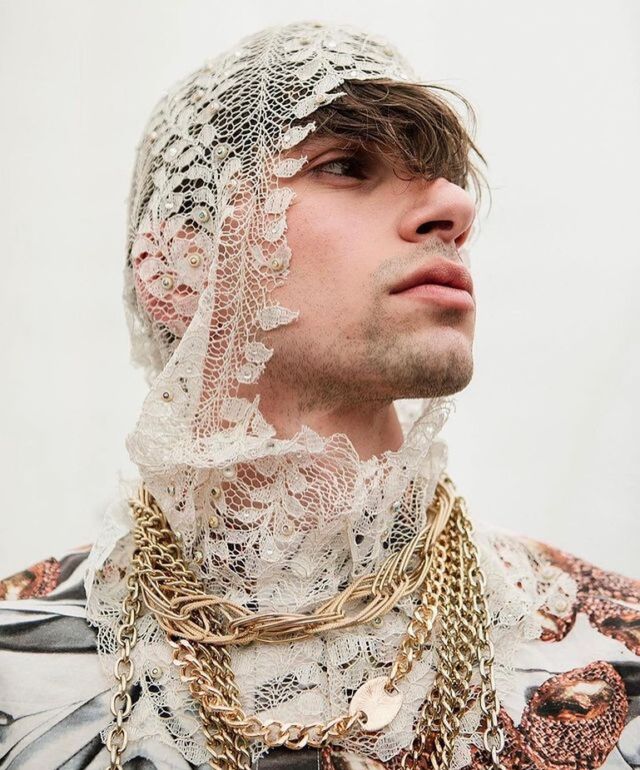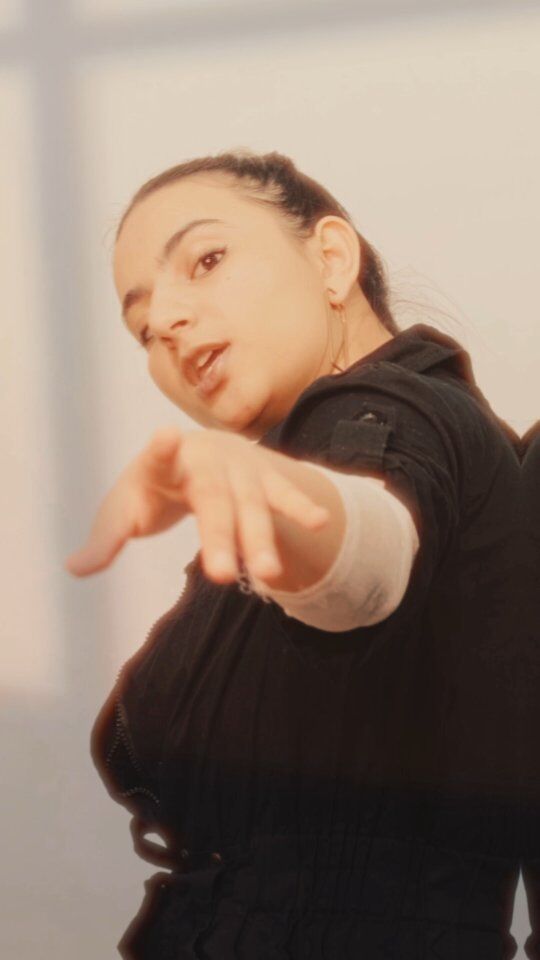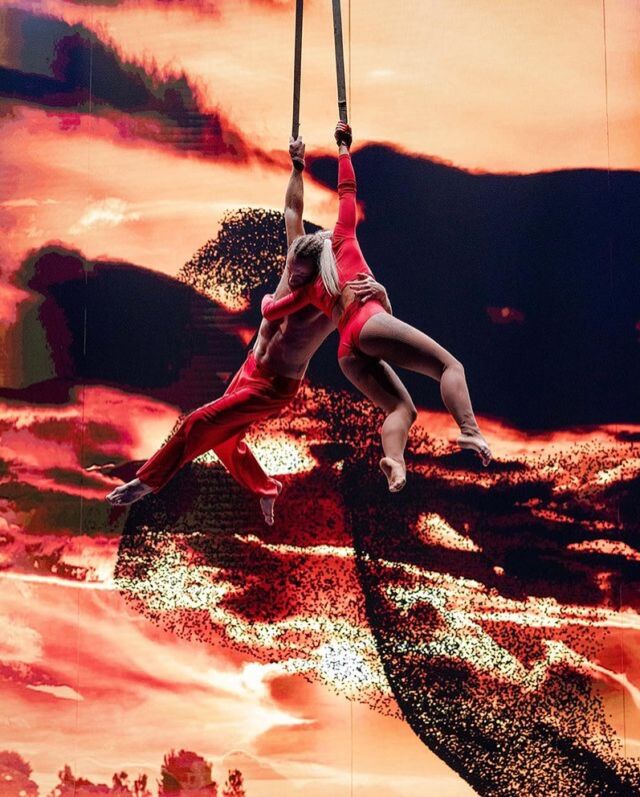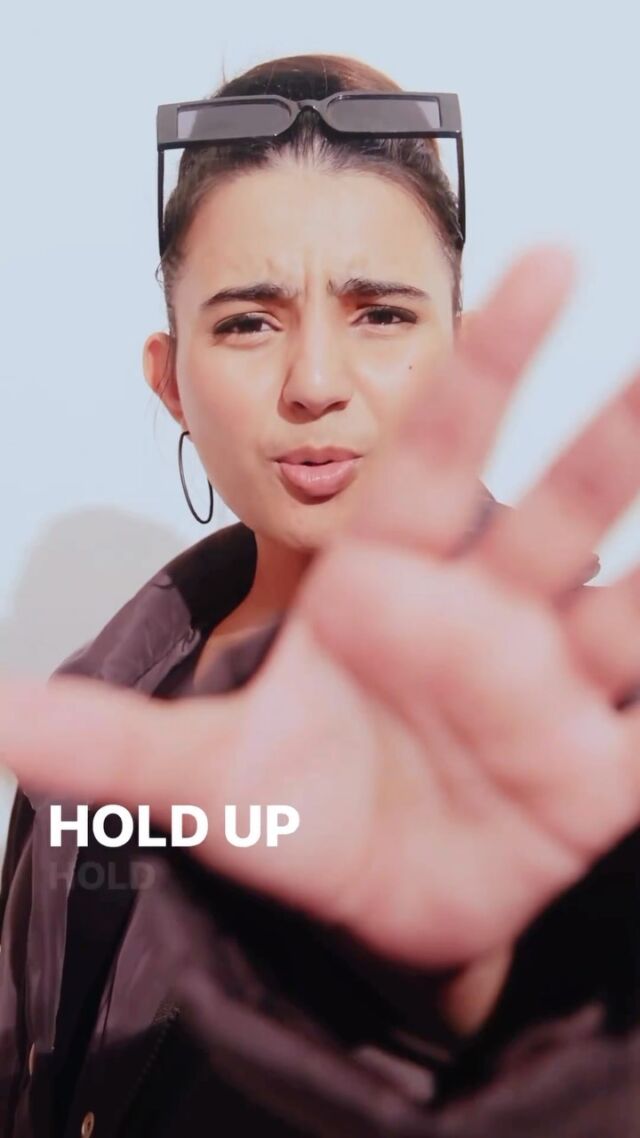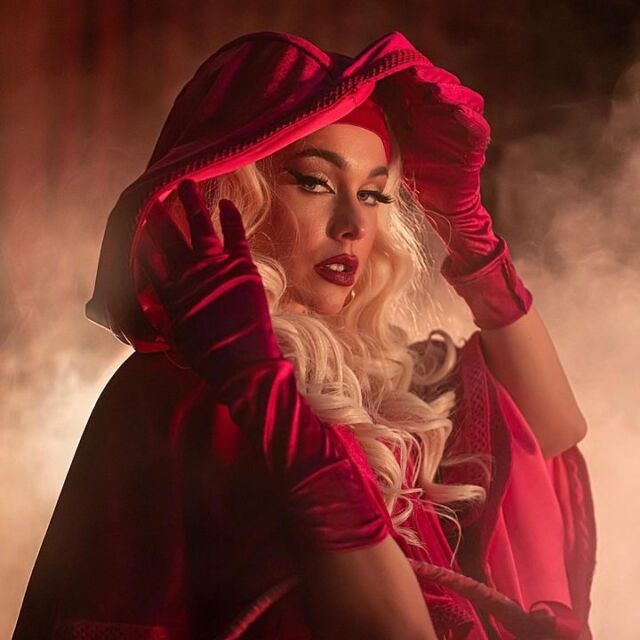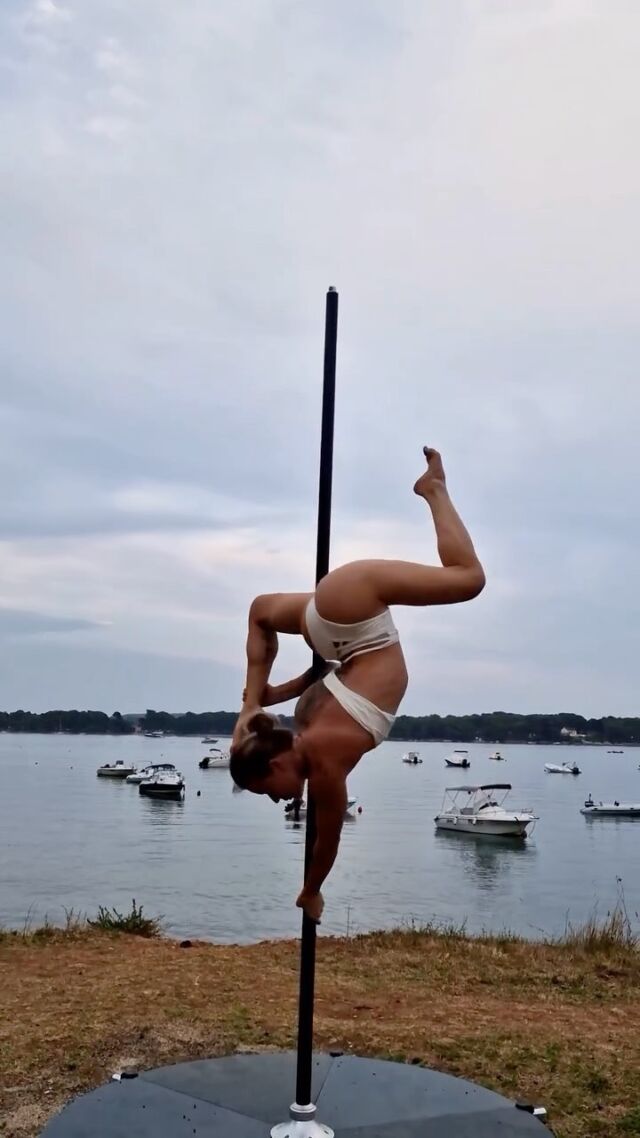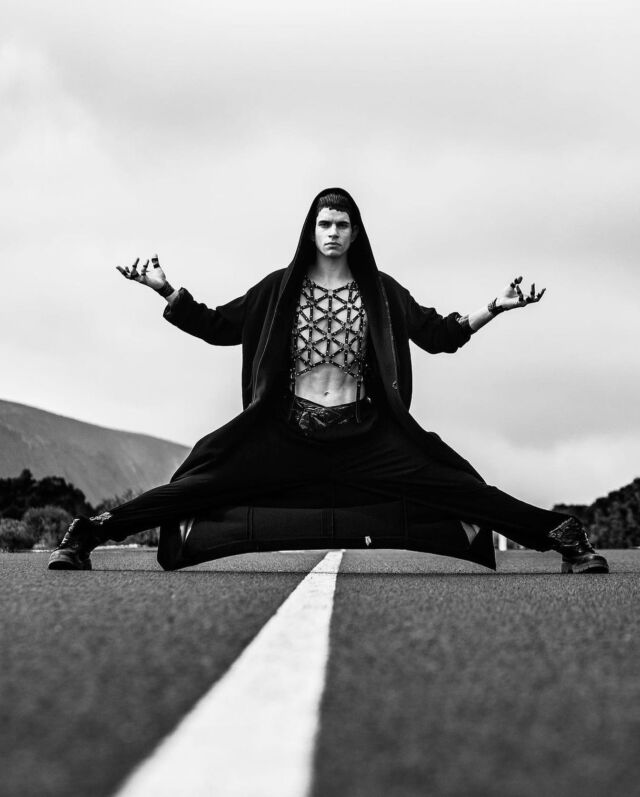Nine years after we first heard Robert Durst mutter “Killed them all, of course,” “The Jinx” is back, with a new, six-episode Part Two that premiered Sunday on HBO. And why not?
Maybe it feels unseemly, or like old news, with Durst having died in prison in 2022 after the original series helped convict him of murder. But a lot happened in the meantime. You can imagine that the filmmaker Andrew Jarecki, who directed both parts, felt a responsibility to a story he has now lived with for 20 years. And since “The Jinx” has effectively erased the line between itself and the case it chronicles, you could hope that he felt a responsibility to examine his own role in the prosecution and conviction of Durst, the wealthy and eccentric New York real estate heir.
That examination does not come in the four episodes HBO provided for review, but Jarecki acknowledges the show’s continuing influence in a wry, “Can you believe that happened?” fashion.
It is noted, once again, that in 2013 “Jinx” producers shared with prosecutors evidence regarding the disappearance and two deaths in which Durst was implicated, kick-starting the investigation that led to his conviction and life sentence in 2021 for the murder of his friend Susan Berman. The impact of the original broadcast on the popular imagination is conveyed when a young law clerk recalls exclaiming “Killed them all of course!” at the mention of Durst’s name, quoting his accidentally recorded words from the original series’s chilling final moments.
This theme reaches an early peak in a scene filmed at a screening of that final episode in March 2015 in Jarecki’s apartment, on the same day the fleeing Durst — who had been watching the show along with the rest of us — was found and arrested in New Orleans. Relatives of Durst’s first wife, Kathleen McCormack, who had disappeared 33 years earlier, listen to his apparent confession with remarkable composure, probably acutely aware of the cameras a few feet away waiting to catch their reactions.
That scene, more subdued than you expect it to be, is characteristic of the effect of “The Jinx Part Two,” which is as fluidly and handsomely made as the original but, in the early going, lacks its strangeness and its surprises. Taking place after Durst’s apprehension, the new episodes are largely a law-enforcement procedural and courtroom drama, rather than a twilight-zone exploration of Durst’s life and consciousness. (Durst sat for 20 hours of interviews for the first series, but declined to speak with Jarecki for Part Two.)
Even more constricting is the self-consciousness nearly every character — prosecutor, defense lawyer, witness, journalist, Jarecki himself — brings to the screen. Everyone has seen “The Jinx”; everyone knows how it contributed to Durst’s downfall; everyone is in on the joke. And the wholesale intrusion of the show into its own narrative, while it can be interesting and sometimes amusing, is not, in these episodes, dramatic or moving.
Jarecki addresses this problem in several ways. One is to play up Durst’s comic potential. The oddity that could be creepy and off-putting in the first series plays here, mainly in jailhouse videos, as more childlike and puckish. Durst models his prison uniform for a visitor, or gingerly demonstrates his workout routine. Everyone, including the prosecutors, calls him Bob; clerks relax by listening to his prison phone calls, giggling as each begins, “This is a prepaid call from …” “Bahhhb.”
Another, more central, tactic is a focus on the Durst demimonde — the collection of aspiring scenesters, hangers-on and enablers who agglomerated around him because of his money (with which he could be generous) and the cachet his money conferred. Proclaiming their loyalty, abetting Durst in his machinations, barely suppressing their internecine jealousies and hatreds, and eventually ratting out one another and Durst himself, they provide most of the new installment’s dramatic and emotional high points.
There are aspects of Part Two that are both familiar, in the wake of the original, and formulaic; easing our progress through them is the mastery Jarecki and his crew exercise over their particular brand of true-crime documentary. The melding of informal narration (often by the former New York Times reporter Charles V. Bagli) and live footage with meticulously staged snippets of dramatic re-creation is seamless. The material may not be as absorbing as that of the original, but the editing still gives it a pace and style that could be called rigorously hypnotic.
With HBO having held back two episodes (in 2015 it held back four), there is the chance that Part Two will supply a surprise of the magnitude of Durst’s seeming confession, though it’s hard to see how. We can assume that the last two episodes will include Durst’s testimony at the Berman trial, and the playing of the “Killed them all” tape for the jury. Perhaps we will see Jarecki’s unsuccessful attempt to talk to Durst outside a Louisiana prison, which he filmed with his phone. Perhaps we will hear Jarecki say something more introspective about the impact of the show. In any case, it seems almost certain that we will be back here in six weeks, talking about “The Jinx.”
Source link



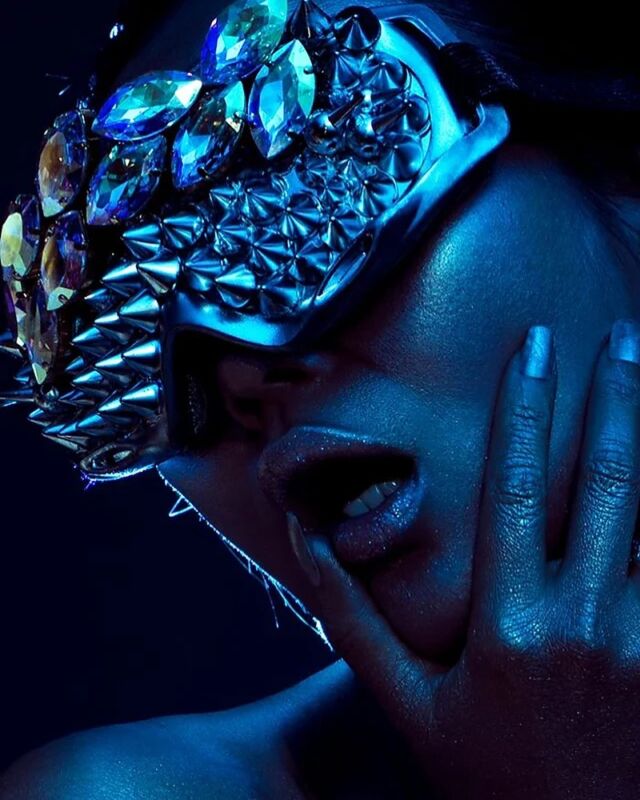






![Growing up learning Indian Classical Music, I’ve developed a deep appreciation for diverse musical genres, and techno is definitely one that has captured my interest. Got inspired to write this track by blending the beautiful melodies of Hindustani classical, particularly Raag Bhairav, with the beats of techno. Excited to share this fusion with you all!
Music by @miladzki
Check it out and vibe with me! 🎶✨
[ techno, newmusic, fusion, indianclassicalmusic, techno, music, kakisinger ]](https://talentsofworld.com/wp-content/uploads/wp-social-ninja/instagram/9xm.tv/18327743320185528_full.jpg)
![Listen to this Version of Dil Kho Gaya
Original Song From the Movie Dil.
Anand-Milind, Udit Narayan, Anuradha Paudwal sung this song
Music by Anand-Milind
Hope you guys like this Rendition of the Classic Song by Kaki Singer.
Like, Share & Comment.
[ Dil, Dil kho Gaya, old songs, Classic Bollywood, old song covers, retro songs, indian old songs, old hindi songs, melodies, kaki singer, Indian singers ]](https://talentsofworld.com/wp-content/uploads/wp-social-ninja/instagram/9xm.tv/17999564600299237_full.jpg)
